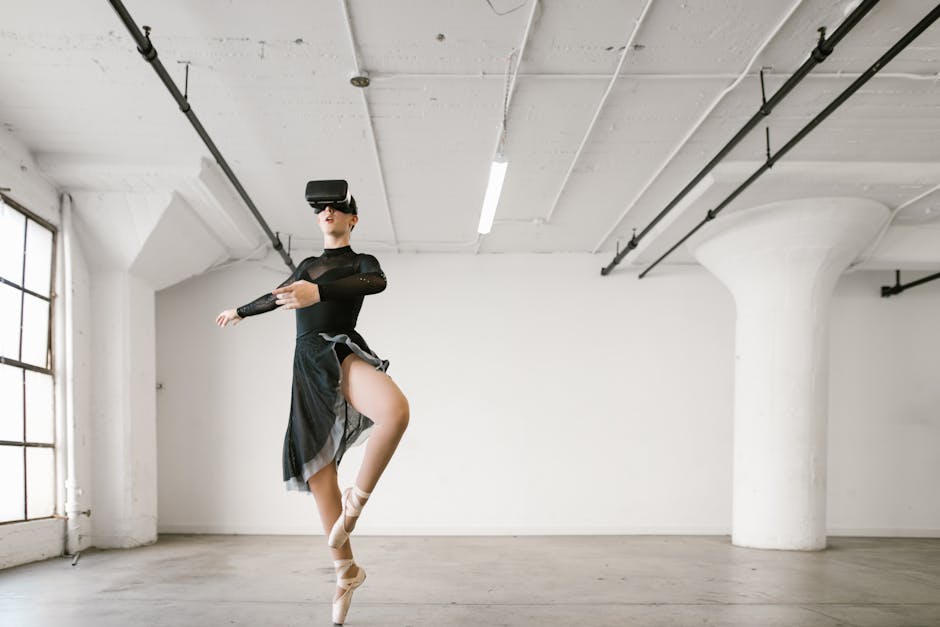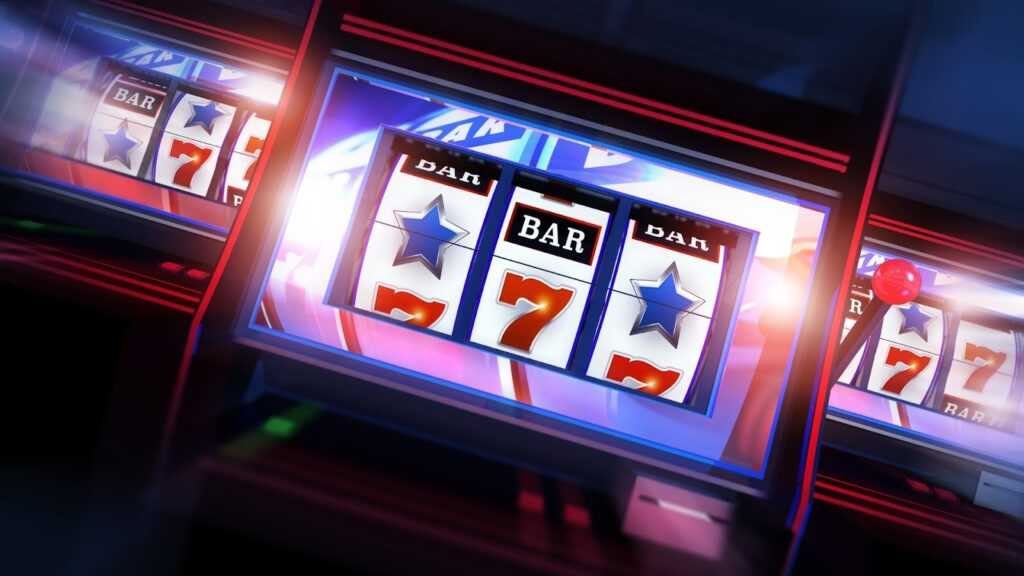Artificial Intelligence (AI) is no longer confined to the realms of science fiction; it’s now a transformative force in creative arts. From generating music to crafting visual art, AI is pushing boundaries and challenging our perceptions of creativity. But is this shift a revolution, completely redefining artistic expression, or an evolution that enhances traditional methods?
As an artist myself, I’ve seen firsthand how AI tools can open up new possibilities. They offer fresh perspectives and techniques that can elevate our work. However, there’s an ongoing debate about whether these advancements threaten the authenticity and emotional depth that human artists bring to the table. Let’s dive into how AI is reshaping the creative landscape and what it means for the future of art.
Overview of AI in Creative Arts
Artificial Intelligence (AI) has made significant strides in the creative arts, merging technology and creativity in unprecedented ways. This section delves into the historical context and current landscape of AI’s influence in the arts.
Historical Context
AI’s journey in creative arts began in the 1950s with the advent of early computer programs designed to create music and visual patterns. One notable example, the “Illiac Suite,” composed by Lejaren Hiller and Leonard Isaacson in 1957, was the first musical composition generated by a computer. Over the decades, AI technologies evolved, with developments in machine learning and neural networks driving more sophisticated and complex creative outputs. Pioneering projects like Harold Cohen’s AARON, an AI system creating art autonomously since the 1970s, demonstrated the long-standing interest in integrating AI with artistic processes.
Current Landscape
In today’s creative arts, AI applications range from generative design to collaborative tools enhancing artists’ workflows. AI algorithms analyze vast datasets of existing artworks, enabling them to generate new pieces, such as DeepArt’s neural network-based style transfers, turning photos into works of art inspired by famous styles. Music composition has also seen transformation, with tools like OpenAI’s MuseNet, capable of composing music in various styles and genres. Filmmaking benefits from AI in scriptwriting and editing, with IBM’s Watson analyzing audience responses and predicting successful plot elements. Virtual reality (VR) and augmented reality (AR) experiences are enriched by AI-powered interactive elements, pushing the boundaries of immersive art.
Revolutionary Aspects of AI in the Arts
AI is fundamentally transforming creative disciplines, offering fresh tools and perspectives that significantly enhance artistic endeavors.
1. Enhanced Creative Processes
AI algorithms streamline complex tasks, accelerating creative workflows in unprecedented ways. Machine learning models like Google’s DeepDream facilitate the creation of intricate patterns that push the boundaries of visual aesthetics. In music composition, tools like AIVA (Artificial Intelligence Virtual Artist) generate unique symphonies, allowing composers to experiment with variations quickly. Scriptwriters benefit from AI-driven tools that can predict audience preferences and suggest plot developments, ensuring that stories resonate deeper with audiences.
2. Emergence of New Art Forms
The advent of AI catalyzes the birth of entirely new art forms, blending technology and creativity. Generative Adversarial Networks (GANs) create novel visual art by having one neural network generate images while another critiques them, resulting in evolutionarily refined pieces. AI-generated poetry and literature, such as works created by GPT-3, showcase the potential for machines to produce human-like writing with surprising coherence and emotional depth. Interactive installations, employing AI-driven sensors, allow viewers to become part of the artwork itself, creating dynamic and personalized experiences.
By transforming processes and fostering innovation, AI revolutionizes the arts, demonstrating its vast potential to redefine creativity.
Evolutionary Impact of AI on Traditional Arts
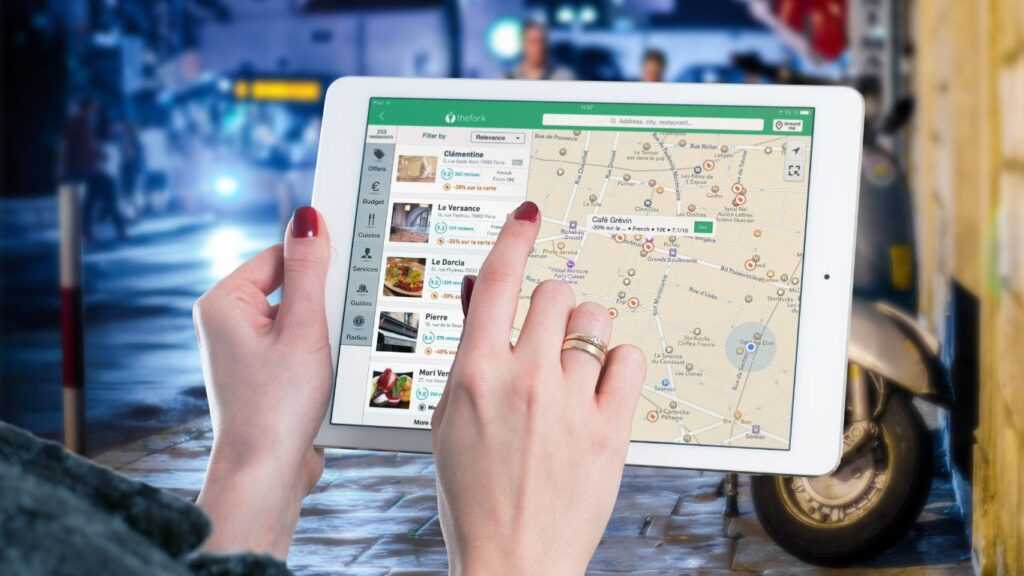
AI plays a pivotal role in the ongoing evolution of traditional arts, subtly enhancing and transforming various creative practices.
Transformation in Music
AI fundamentally changes music creation and production. Algorithms like those in AIVA compose original music, blending human touch with machine precision. Historic compositions are reimagined with AI tools, and musicians utilize AI for tasks, including mixing and mastering. For instance, platforms like LANDR and Amper Music employ AI to assist artists in refining their sound to professional standards, making high-quality music production more accessible.
Changes in Visual Arts
AI revolutionizes visual arts by offering new techniques and tools. DeepArt and Prisma use neural networks to apply stylistic transformations, creating unique artwork based on existing styles. Artists like Mario Klingemann utilize AI to produce novel visual experiences, drawing from vast datasets. Through AI, traditional methods merge with innovative technologies, giving rise to dynamic artistic expressions, from digital paintings to interactive installations.
Case Studies of AI-Driven Projects
AI’s impact on creative arts is best understood through the lens of specific projects that showcase its capabilities and limitations.
AI in Literature
- AI in Literature: AI’s presence in literature is evident in projects like GPT-3-powered AI Dungeon.
- Interactive Storytelling: This platform leverages advanced natural language processing (NLP) to generate immersive narratives. Users input prompts, and the AI crafts responses that fit the story’s context, providing a dynamic and collaborative writing experience.
- AI Scriptwriting: Similarly, “Sunspring,” a short sci-fi film written by an AI named Benjamin, demonstrates AI’s potential in scriptwriting. Benjamin utilized a recurrent neural network trained on sci-fi scripts to produce an original screenplay.
- Human-AI Collaboration: These projects highlight how AI can collaborate with human creativity in literature, producing content that blends computational precision with imaginative storytelling.
AI in Performing Arts
- AI in Performing Arts: The performing arts have also seen innovative applications of AI.
- AI Dance Choreography: “Everybody Dance Now” is a project where AI generates dance choreography by learning from videos of human dancers. Researchers trained a neural network to understand complex human movements and then applied this knowledge to create new dance routines, enabling non-dancers to perform like professionals.
- AI Music Composition: In music, the AI musician AIVA (Artificial Intelligence Virtual Artist) composes original scores that musicians and composers perform worldwide. AIVA’s compositions, spanning various genres, showcase how AI can contribute to musical performances, enhancing both composition and execution.
- Enriching the Arts: These instances illustrate AI’s potential to enrich performing arts by providing new tools and expanding creative possibilities.
Ethical Considerations
The integration of AI in creative arts raises ethical questions. These considerations are crucial to ensure a balanced relationship between technology and creativity.
Originality and Authorship
AI-generated works often blur the lines of originality and ownership. When a machine creates art, determining who owns the rights becomes complex. For instance, the AI-created portrait “Edmond de Belamy” sold for $432,500 at Christie’s, raising debates on whether the credit should go to the machine, its algorithm, or the programmer.
Economic Impacts on Artists
AI’s capabilities could economically impact artists. Automation might reduce demand for human creativity, potentially decreasing job opportunities. For example, AI tools like Adobe Sensei and DeepDream can create digital art, threatening traditional artists’ livelihoods. Alternatively, if artists adapt and integrate AI, they could discover new revenue streams and methods of artistic expression.
Conclusion
The intersection of AI and creative arts presents a compelling mix of revolution and evolution. While AI’s capabilities push the boundaries of what’s possible in music, visual art, and performance, it’s clear that human creativity remains at the core. The ethical and economic questions surrounding AI-generated art are significant and warrant ongoing discussion. Yet, the potential for artists to leverage AI as a tool for innovation and new forms of expression is undeniably exciting. As we navigate this evolving landscape, the collaboration between human ingenuity and AI promises to redefine the future of creative arts.
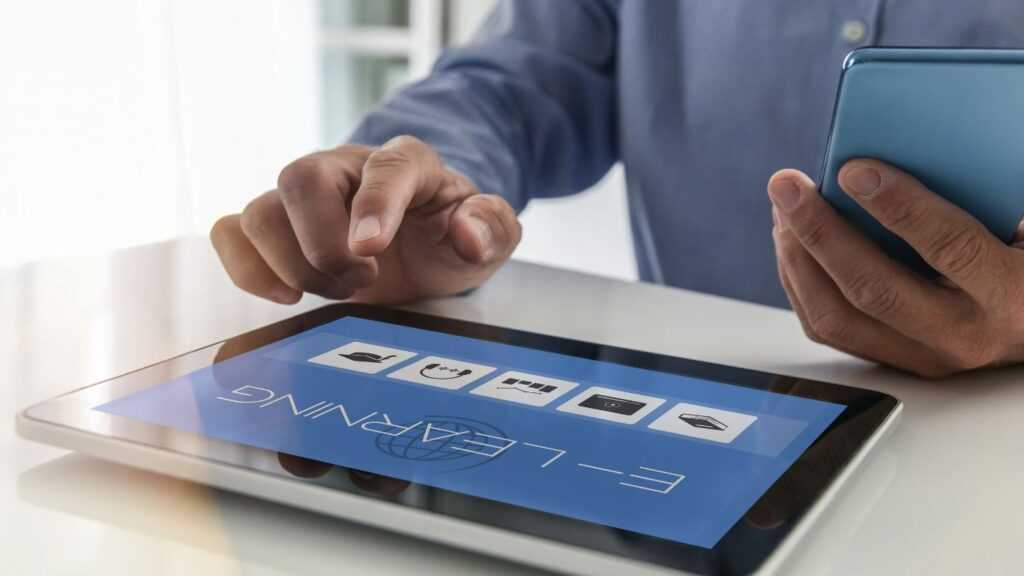
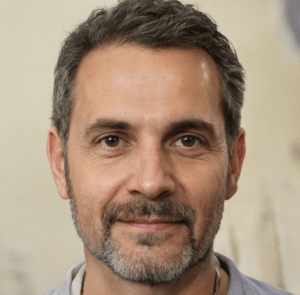 Rogerry Nelsonier is a trailblazer in the tech industry, renowned for his passion for technology and its potential to drive societal impact. Inspired by the rapid advancements in technology, Rogerry envisioned a collaborative space where innovative minds could converge to explore groundbreaking ideas and develop transformative solutions. This vision culminated in the founding of Info Wave Circle, a dynamic community dedicated to fostering innovation and creativity.
Rogerry's journey began in Pompano Beach, Florida, where he established Info Wave Circle to bring together like-minded individuals passionate about leveraging technology for positive change. Under his leadership, Info Wave Circle has grown into a thriving hub for tech enthusiasts, entrepreneurs, and innovators. Rogerry’s commitment to pushing the boundaries of what technology can achieve continues to inspire those around him, making Info Wave Circle a beacon of progress and societal advancement.
Rogerry Nelsonier is a trailblazer in the tech industry, renowned for his passion for technology and its potential to drive societal impact. Inspired by the rapid advancements in technology, Rogerry envisioned a collaborative space where innovative minds could converge to explore groundbreaking ideas and develop transformative solutions. This vision culminated in the founding of Info Wave Circle, a dynamic community dedicated to fostering innovation and creativity.
Rogerry's journey began in Pompano Beach, Florida, where he established Info Wave Circle to bring together like-minded individuals passionate about leveraging technology for positive change. Under his leadership, Info Wave Circle has grown into a thriving hub for tech enthusiasts, entrepreneurs, and innovators. Rogerry’s commitment to pushing the boundaries of what technology can achieve continues to inspire those around him, making Info Wave Circle a beacon of progress and societal advancement.